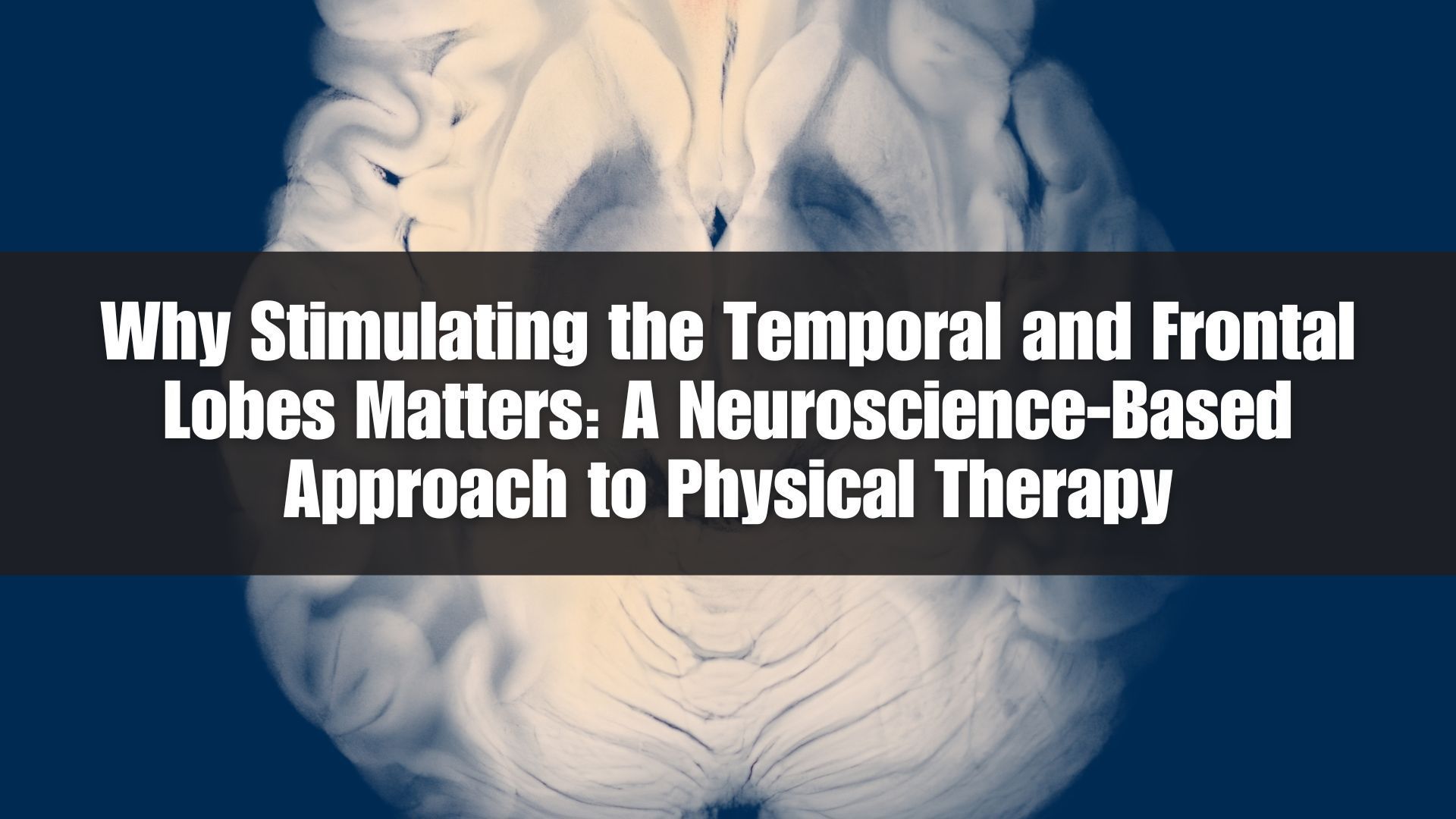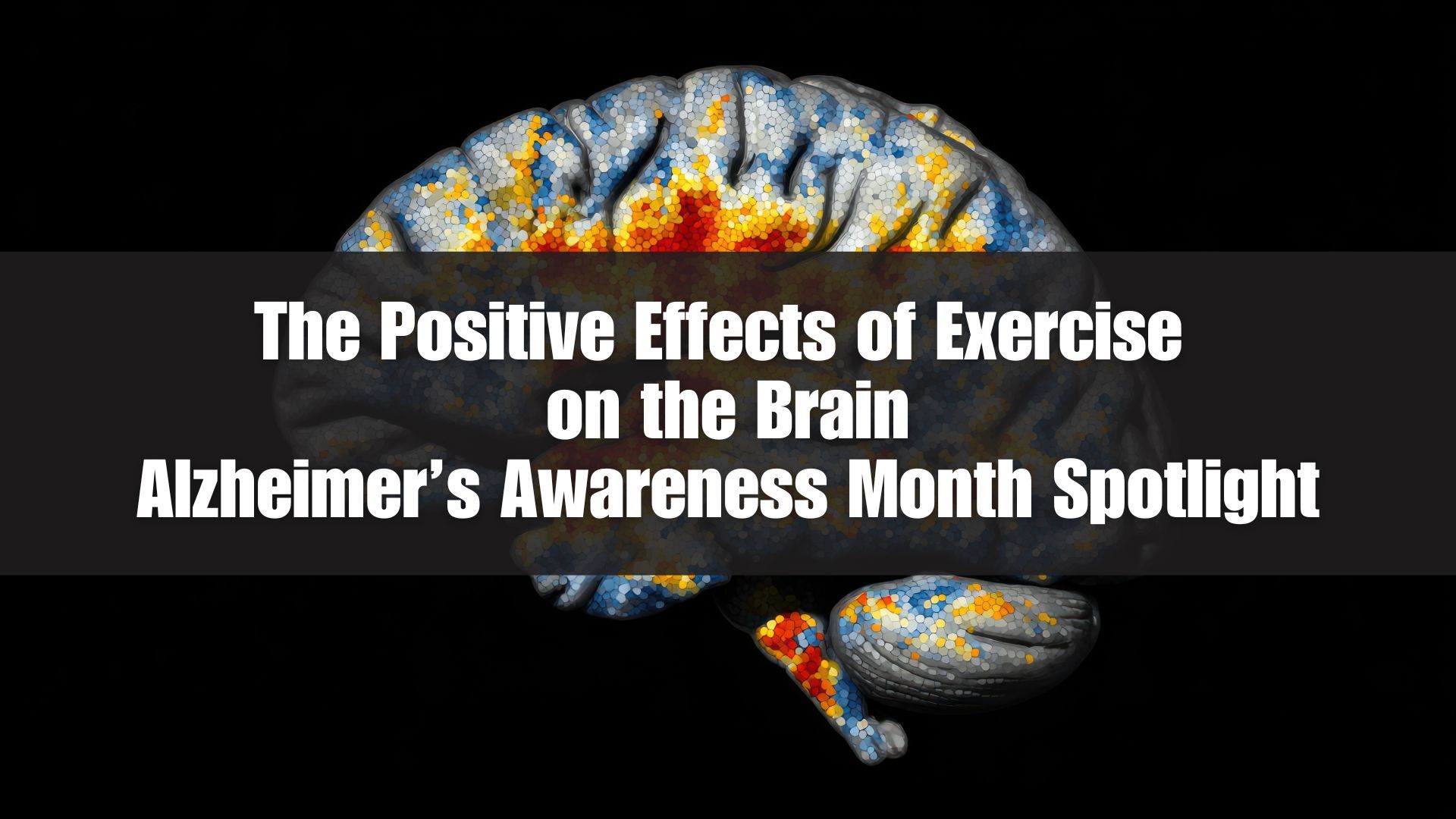Why Stimulating the Temporal and Frontal Lobes Matters: A Neuroscience-Based Approach to Physical Therapy
Discover how Elevate Physical Therapy & Training in Overland Park uses neuroscience-based drills to stimulate the temporal and frontal lobes—improving balance, coordination, focus, and overall movement.

The Brain–Body Connection: Where True Movement Begins
At Elevate Physical Therapy & Training in Overland Park, we believe movement doesn’t just start in your muscles—it starts in your brain.
Your frontal and temporal lobes are two powerful regions that influence how you move, think, and feel. Whether you’re recovering from injury, dealing with chronic pain, or striving to enhance athletic performance, stimulating these areas can dramatically improve how your body functions.
Through targeted neuroscience-based physical therapy, Elevate helps clients unlock better coordination, balance, focus, and body control—making it easier to move efficiently and live pain-free.
Understanding the Temporal and Frontal Lobes
To appreciate why these brain regions are so important, let’s take a quick look at what they do:
The Frontal Lobe: Your Movement Commander
The frontal lobe controls voluntary movement, balance, problem-solving, and decision-making. It’s the “control center” for how your body initiates and organizes motion. When this area isn’t firing efficiently, you might experience:
- Poor coordination or balance
- Slower reaction time
- Trouble focusing during movement
- Difficulty with complex exercises or daily tasks
The Temporal Lobe: Your Sensory and Spatial Guide
The temporal lobe is key for processing sensory input, understanding spatial awareness, and integrating what you see and hear into smooth physical action. Dysfunction here may look like:
- Dizziness or disorientation
- Difficulty tracking moving objects
- Challenges with rhythm, timing, or coordination
- Feeling “off balance” even when your strength is good
By stimulating and retraining these brain regions, physical therapists can help the body move better from the top down—addressing the neurological roots of pain and poor performance.
What Are Temporal and Frontal Lobe Drills?
At Elevate Physical Therapy & Training, we incorporate targeted brain-based drills designed to activate and strengthen these lobes. These aren’t random exercises—they’re intentional, evidence-informed movements that improve brain efficiency and communication with your body.
Here are a few examples of what this looks like in practice:
- Eye Movement Drills: Smooth pursuits and saccades to improve temporal lobe activation and enhance visual tracking.
- Dual-Task Exercises: Combining physical movement with problem-solving tasks to stimulate the frontal lobe’s planning and coordination functions.
- Cross-Body Patterns: Movements that cross the midline of the body, improving communication between the brain’s hemispheres.
- Balance and Gaze Stabilization: Exercises that challenge your visual and vestibular systems to improve spatial orientation and control.
These drills are subtle but powerful—and when performed consistently under professional guidance, they help retrain the brain to move more efficiently.
Why Brain Stimulation Matters in Physical Therapy
Most traditional physical therapy focuses on muscles, joints, and flexibility. While those are important, the brain is the control center of all movement. If your brain isn’t receiving or processing information correctly, your body can’t move optimally—no matter how strong or flexible you are.
Stimulating the frontal and temporal lobes can help:
- Improve coordination and balance
- Reduce chronic pain through better brain–body communication
- Enhance athletic performance and reaction time
- Increase focus and mental clarity during workouts
- Speed up recovery from injury or neurological dysfunction
By integrating brain-based drills into physical therapy, we go beyond surface-level treatment and get to the true source of movement quality.
The Elevate Approach: Physical Therapy with a Neuroscience Edge
At Elevate Physical Therapy & Training in Overland Park, every client benefits from a unique blend of traditional rehab, strength training, and applied neuroscience.
Our Doctor of Physical Therapy and Certified Strength & Conditioning Specialist (CSCS) uses a comprehensive assessment to identify both physical and neurological imbalances. From there, your customized plan might include:
- Manual therapy to improve joint and soft-tissue function
- Dry needling to release muscle tension and restore movement
- Targeted brain drills to optimize your nervous system’s performance
- Strength and mobility training to lock in long-term results
This approach helps patients recover faster, perform better, and prevent future injuries—all by improving how the brain communicates with the body.
Who Can Benefit from Temporal and Frontal Lobe Drills?
These drills aren’t just for athletes or neurological patients—they’re for anyone who wants to move better and feel better. You may benefit from this type of training if you:
- Feel off-balance or clumsy during workouts
- Struggle with dizziness or poor coordination
- Have chronic pain that hasn’t improved with traditional therapy
- Notice your reaction time or focus decreasing with age
- Want to improve athletic performance through enhanced brain–body connection
Our clients often report that after just a few sessions, they feel more centered, coordinated, and in control of their movements.
Elevate Your Recovery—and Your Brain
True healing happens when your brain and body work together. That’s the foundation of everything we do at Elevate Physical Therapy & Training.
If you’re searching for a physical therapist in Overland Park who understands how to blend cutting-edge neuroscience with personalized rehab, you’ve found the right place.
Contact Elevate Physical Therapy & Training today to schedule your evaluation and experience how targeted brain-based drills can transform your movement, performance, and confidence.
Because when your brain moves better—your whole body follows.





